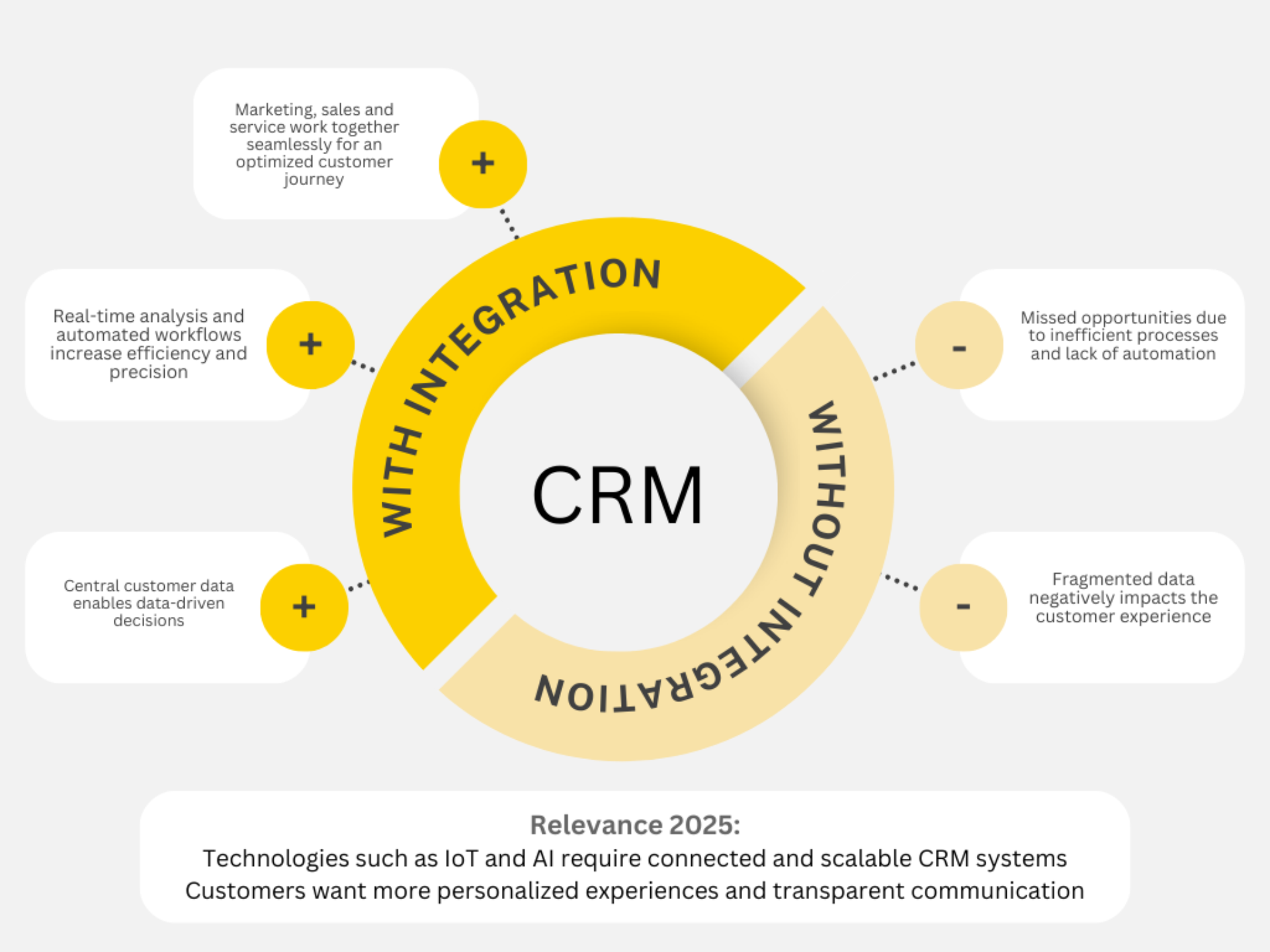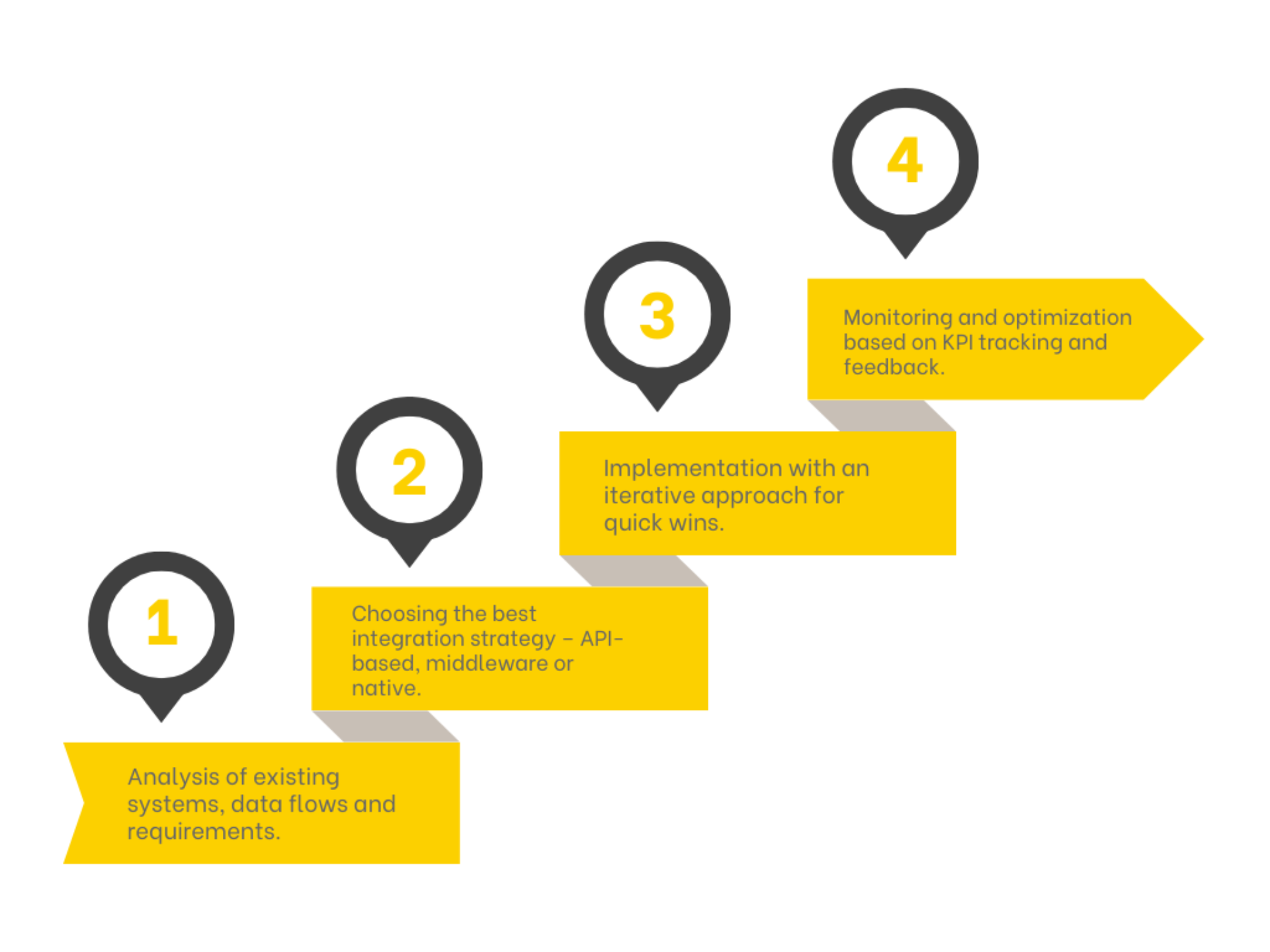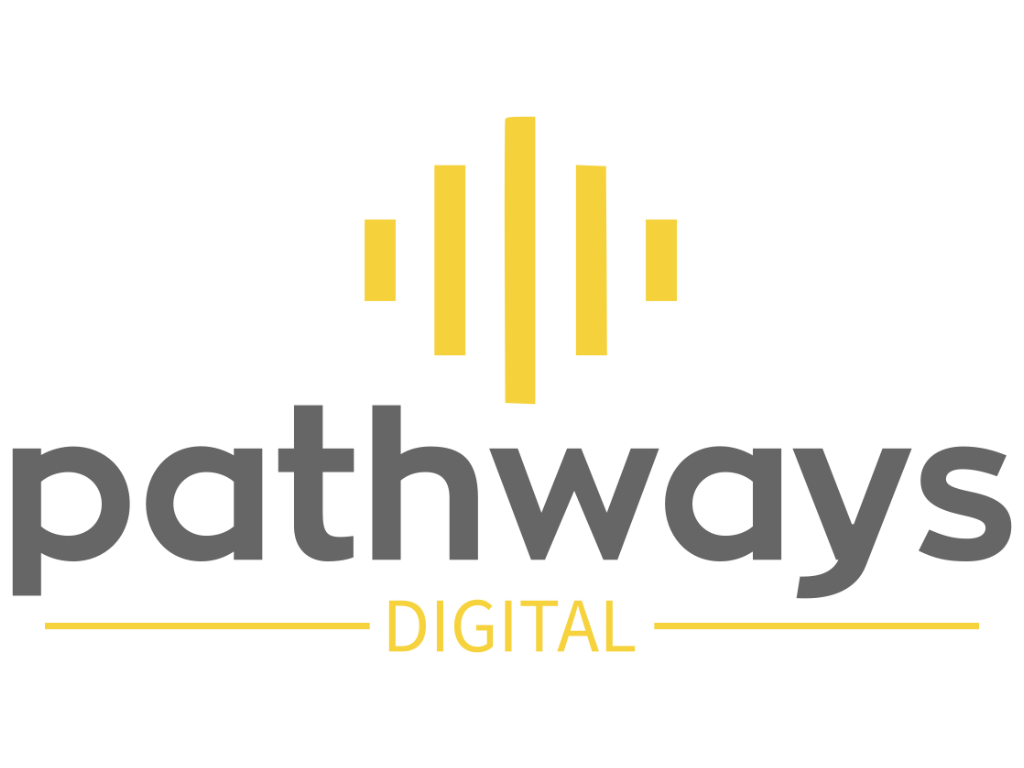Successful HubSpot CRM Integration with existing Systems – Impulses and Best Practices for 2025
Gaining valuable insights from floods of data, making decisions accurately, designing processes efficiently and sustainably - and reaching customers in a targeted manner: With the right tools, this is now more tangible than ever before.
However, rising customer expectations and complex technologies make implementation challenging.
This is exactly where HubSpot CRM integration reveals its strength: It seamlessly connects fragmented data and systems and turns them into your decisive competitive advantage.
Your Key Takeaways in this Article:
You will gain insight into how a successful HubSpot integration not only solves current challenges but also future-proofs your business.
Discover innovative ideas, proven best practices and HubSpot's strategic advantages.
Sign up for the pathways digital newsletter to receive the latest posts from the Impulse blog as well as valuable tips and information straight to your inbox.
Why is CRM Integration important?
CRM system integration is actually no longer an optional process – it is actually a must for companies that want to survive in a data-driven and dynamic world.
There are a variety of complex challenges: The flood of data is growing massively, while customers want individual, fast and more seamless experiences. At the same time, regulatory requirements increase the complexity of your business processes.
Customer loyalty advantage: With a well-thought-out CRM integration, companies can not only overcome these challenges, but turn them into advantages. HubSpot CRM helps centralize customer data, automate workflows and create experiences that delight your customers - efficiently, scalable and sustainable.
Why is CRM Integration with HubSpot your Gamechanger?
A successful integration offers your company numerous advantages that are crucial in tomorrow's data-driven economy:
Make decisions based on central customer data: This allows you a clear view of all customer interactions and creates the basis for intelligent data-driven decisions.
Get valuable information from real-time analytic: Analyze customer behavior and make informed decisions faster than ever before.
Become more performant with automated workflows: Simplify processes, reduce errors and increase efficiency.
Meet the requirements of the GDPR guidelines: Work in accordance with the data protection guidelines and eliminate legal risks.
Delight your customers with an optimized customer journey: Marketing, sales and service work seamlessly together to create a consistent and positive customer experience.

Speaking of it, HubSpot's own 'State of Marketing Report 2024' also shows that a full 74% of companies saw a direct improvement in the customer journey through optimized CRM integrations in 2024.
Rely on a Platform that grows with your Needs
As a comprehensive all-in-one platform, HubSpot offers the perfect foundation to meet these requirements. Integrate HubSpot CRM seamlessly to intelligently link central customer data, automate workflows and delight your customers along the entire journey - all in a scalable and sustainable way.
In its 'State of Marketing Report 2024', HubSpot states that 72% of marketers rely on all-in-one platforms to make workflows efficient and manage data centrally.
Is the HubSpot CRM Integration really essential?
- Marketing, sales and service work together seamlessly for an optimized customer journey. e.g. Your team can automatically create support tickets or conversations in inboxes via API form submissions.
- Real-time analysis results in more precise data collection and data analysis based on customer data: e.g. HubSpot offers you a complete analytics suite, which you can use on external websites.
- Automated workflows ensure more efficient and precise work: e.g. automated email marketing for ideal customer engagement and lead nurturing.
- Central customer data enables data-driven decisions: e.g. sending customized offers to specific customer segments.

You now have considerable Disadvantages without CRM Implementation:
If your processes are not sufficiently efficient and automated, you are missing out on opportunities. Without CRM, the error rate and likelihood of fragmented data increases.
Seamless workflows and transitions are missing, and this ultimately has a negative impact on the customer experience.
Also keep in mind that emerging technologies such as IoT and AI require connected and scalable CRM systems.
Your customers want personalized experiences and transparent communication.
New HubSpot Features in 2024
HubSpot is constantly expanding its features to always ideally support modern businesses. The latest innovations include the improved workflow editor, AI-powered sales and service tools, and the new Commerce Hub. These features allow you to make your processes even more efficient and make your brand fit for the future.
Key CRM Integration Challenges and how to overcome them
1.) Technological Complexities
- The Challenge: Companies often use different systems, from ERP and CRM to marketing automation tools, that rarely communicate seamlessly with each other. Data is in different formats, often without a uniform structure, which makes integration difficult.
- Possible Consequences: Without central harmonization of data, redundant or incorrect data sets arise. This leads to inaccurate analysis and inefficient processes.
- Your Solution: A well-designed HubSpot integration keeps all systems connected by using APIs and middleware to standardize and automate data flows.
2.) Data Security
- The Challenge: With the introduction of GDPR 2.0 and other privacy regulations, companies are under pressure to ensure the protection of sensitive customer data. During integration, there is an increased risk of data being compromised or processed incorrectly.
- Possible Consequences: Violations of data protection laws can result in high fines and loss of reputation.
- Your Solution: HubSpot provides encryption and data control tools while carefully planning and monitoring the integration to avoid security breaches. Implementation that complies with data protection regulations is essential.
3.) Scalability
- The Challenge: Companies grow and change constantly. For this reason, a CRM system has be able to handle increasing data volumes and new requirements such as additional functions or tools.
- Possible Consequences: A non-scalable solution quickly leads to bottlenecks, inefficient processes and additional costs for later adjustments.
- Your Solution: HubSpot is designed to grow with your business. The integration is designed to remain flexible and easily adapt to new technologies or business needs.

Step-by-Step CRM Implementation
To ensure that your HubSpot CRM integration leads to the desired success, we recommend a step-by-step approach - based on our experience as a HubSpot integration agency. This way, you can create the best conditions during the preparation phase and the integration process remains transparent and comprehensible throughout.
- Analysis: Evaluate your existing systems and define clear goals for the integration. Which processes need to be optimized? Which systems must be connected?
- Strategy: Choose the best integration method – native, API-based or middleware – based on your requirements and technical circumstances.
- Implementation: Start with an iterative approach to quickly see initial results and make necessary adjustments early on.
- Monitoring and Optimization: Use KPI tracking and continually collect feedback to further improve the integration.
Best Practices for implementing CRM Systems
For an effective implementation of HubSpot, it is essential to use best practices. This is the only way to ensure that your systems and settings mesh smoothly and can be updated without serious obstacles. This not only saves nerves, but also time and money.
- Clean up the Data: Clean and consistent data is the basis for a successful integration.
- Use modern Tools: Tools such as Zapier or Make enable easy connection between HubSpot and other systems.
- Iterative Implementation: A step-by-step implementation reduces risks and ensures quick results.
- Ensure Compliance: Data protection regulations such as GDPR 2.0 should be adhered to right from the start.
- Promote Collaboration: IT, marketing and sales should work closely together to meet the needs of all departments.
Impulses for 2025: Focus on Innovation and Sustainability
Especially for 2025, two strong trends will prevail in digital business. On the one hand, the increased use of AI offers promising opportunities for personalization and customer retention.
On the other hand, businesses are increasingly recognizing the value of sustainable CRMs for building sustainable brands.
1) Leverage Hyper-Personalization through advanced AI
Your Added Value: The integration of AI-powered functions into HubSpot allows you to precisely analyze your customers' behavior and create personalized experiences. This delights your customers and turns them into loyal fans of your brand.
Practical Tip: Link real-time data from IoT and social media to get a comprehensive customer picture and use predictive analyzes to approach customers.
2) Position yourself sustainably with “Green CRM”
Your Added Value: Sustainability is a key differentiating feature for companies. HubSpot offers you energy-efficient cloud solutions and enables you to create transparent sustainability reports. This strengthens trust in your brand.
Practical Tip: Use HubSpot to implement paperless processes and advance your sustainability goals.
Conclusion: Your connected CRM is your competitive Advantage
In 2025, a HubSpot integration is more than just a technical upgrade. It is key to data-driven, sustainable and future-proof work. Subsequently, tt's best to plan your CRM system integration right now. Because a comprehensive tool like HubSpot can ensure your company's success with the right technologies and strategies.
Integrate and connect your HubSpot today
Make your HubSpot CRM your priority – the right technologies and strategies will ensure your business success.
(approx. 30 min via Google Meet)




